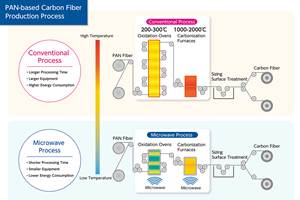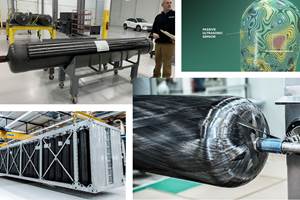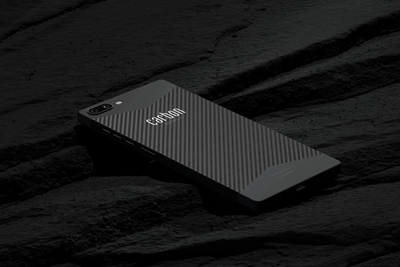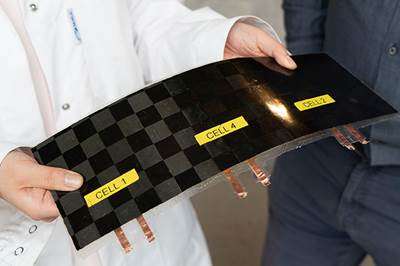Carbon Mobile, SABIC to develop, deploy advanced carbon fiber in connected devices
Collaboration aims to deliver the next generation of thinner, lighter, stronger and more sustainable composite materials used in consumer electronics and automotive industries.
Carbon Mobile (Berlin, Germany), a deep-tech startup that develops radio-enabled carbon fiber composites in electronics devices, and chemicals company SABIC (Riyadh, Saudi Arabia), have entered into a strategic collaboration to drive industry-wide adoption of next-gen, advanced carbon fiber composites in devices. The collaboration, which was established by SABIC Ventures, will enable Carbon Mobile to leverage SABIC’s polymers portfolio, advanced research and development (R&D), testing and production facilities to deploy, at scale, new advanced materials, powered by Carbon Mobile’s HyRECM technology, which are in high demand among consumer electronics and automotive OEMs.
This new collaboration aims to develop a new joint material portfolio that is said will be more sustainable and future-proof by leveraging SABIC’s existing Trucircle materials and specific expertise in producing certified post-industrial recycled (PIR), post-consumer recycled (PCR) and certified bio-based feedstock.
“The consumer electronics industry is under a constant trend of miniaturization such as low weight or low thickness of devices with high screen,” Lina Prada, director, polymer application development and industry solutions SABIC, says. “Current material solutions are sometimes limited in mechanical performance. At SABIC, we are looking to new material solutions based on engineering thermoplastics systems. Working together with Carbon Mobile on composites and hybrid designs based on those materials can help us to achieve current unmet needs for miniaturization. Additionally, using our SABIC Trucircle solutions in those consumer electronic applications can help the industry to reduce its CO2 footprint.”
Advanced carbon fiber composites have long been sought after as lighter, thinner, stronger and more sustainable alternatives to materials currently used in connected devices. However, for more than a decade, industry leaders have been trying to solve the electrical and wireless connectivity issues, which block carbon fiber from being used in electronics and connected devices. Carbon Mobile’s patented HyRECM technology stabilizes the electrical and wireless connectivity properties of the composite without compromising on other material properties or the production process. This includes embedded electrostatic discharge (ESD) isolation, electromagnetic interference (EMI) shielding and antenna noise cancelation, and also enables radio frequency (RF) signal permeation for low- and high-frequency bands in a single carbon fiber composite monocoque structure inside connected devices. The result is new design latitudes for the next generation of connected devices, unlocking new form factors, reducing the number of parts and complex assembly and eventually cost reduction.
“We believe Carbon Mobile can support the next generation of thinner, lighter and more sustainable connected devices,” Mahari Tjahjadi, business leader electrical and electronics at SABIC, adds. “Carbon Mobile is set to disrupt the lightweight electronics industry through its HyRECM material-enabling technology. With SABIC’s support, we expect to open up multiple sectors from wearables to automotive sectors and offer OEMs the more sustainable and high-performing solutions they demand.”
In March 2021, Carbon Mobile launched the Carbon 1 MK II, a carbon fiber smartphone which demonstrated the company’s patented HyRECM technology is feasible and mass production scalable. The new technology produces a robust carbon fiber composite monocoque housing structure for a very thin and light smartphone, with the least amount of material used as possible. To further boost the device’s connectivity, a conductive ink trace is integrated into the carbon fiber structure to stabilize the electrical and wireless properties. It weighed just 125 grams, making it 33% lighter than the average competitor, the company notes. Presented to the industry as the future standard of connected devices, the Carbon 1 garnered industry acclaim, picking up a Red Dot and JEC Design award. Now, Carbon Mobile is ready to bring its tech to all products in the consumer electronics and automotive industries. Carbon Mobile has already signed and is working with Tier OEMs to develop devices for product launches in 2023 and 2024.
“The tech industry has always strived for miniaturization but also are becoming aware of the need for more sustainable material alternatives to achieve it,” Firas Khalifeh, CEO of Carbon Mobile, says. “Our partnership with SABIC is born out of a common goal to help the planet, and so we’re excited that our OEM partners share our vision for a greener future with HyRECM technology as the enabler.”
Related Content
Recycling hydrogen tanks to produce automotive structural components
Voith Composites and partners develop recycling solutions for hydrogen storage tanks and manufacturing methods to produce automotive parts from the recycled materials.
Read MoreMicrowave heating for more sustainable carbon fiber
Skeptics say it won’t work — Osaka-based Microwave Chemical Co. says it already has — and continues to advance its simulation-based technology to slash energy use and emissions in manufacturing.
Read MoreRecycling end-of-life composite parts: New methods, markets
From infrastructure solutions to consumer products, Polish recycler Anmet and Netherlands-based researchers are developing new methods for repurposing wind turbine blades and other composite parts.
Read MoreHexagon Purus Westminster: Experience, growth, new developments in hydrogen storage
Hexagon Purus scales production of Type 4 composite tanks, discusses growth, recyclability, sensors and carbon fiber supply and sustainability.
Read MoreRead Next
Carbon Mobile relocates smartphone production to Germany
Carbon Mobile’s Carbon 1 MK II, a carbon fiber, plastic-neutral smartphone, aims to close the gap on e-waste.
Read MoreComposites for structural batteries
Researchers in Sweden find carbon fiber composites can be used for creating structural batteries that could help minimize mass in EVs and consumer electronics.
Read MoreDeveloping bonded composite repair for ships, offshore units
Bureau Veritas and industry partners issue guidelines and pave the way for certification via StrengthBond Offshore project.
Read More

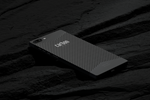


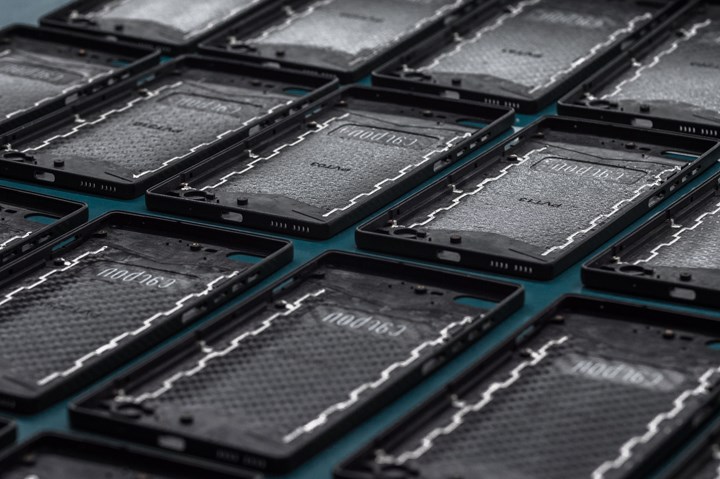











.jpg;maxWidth=300;quality=90)



